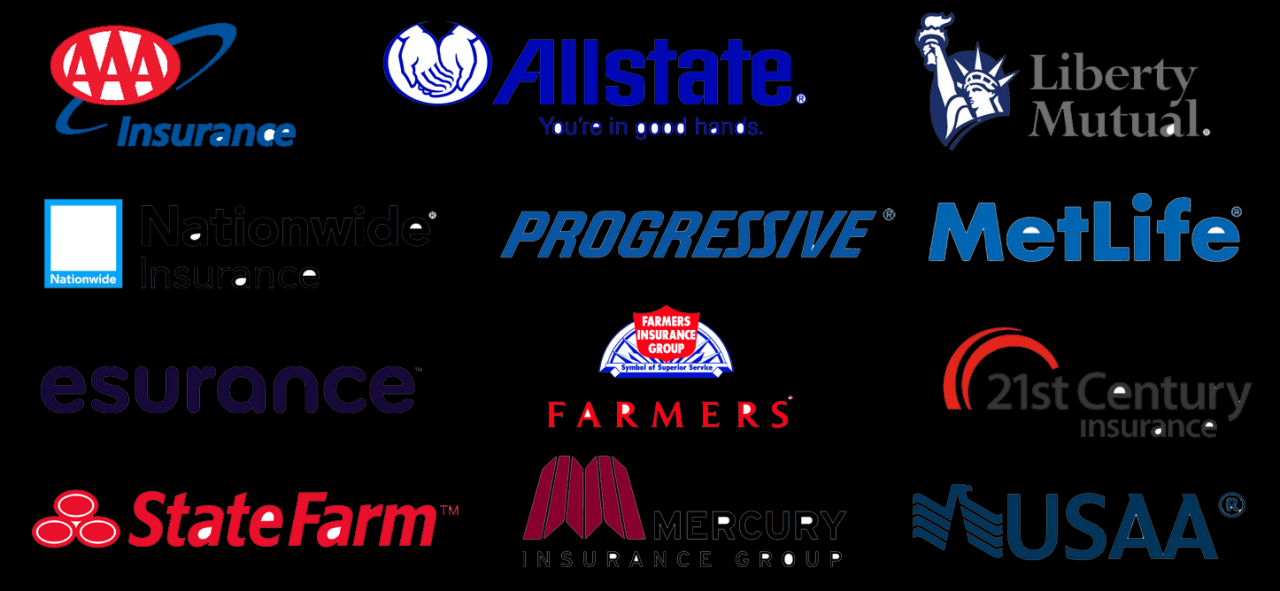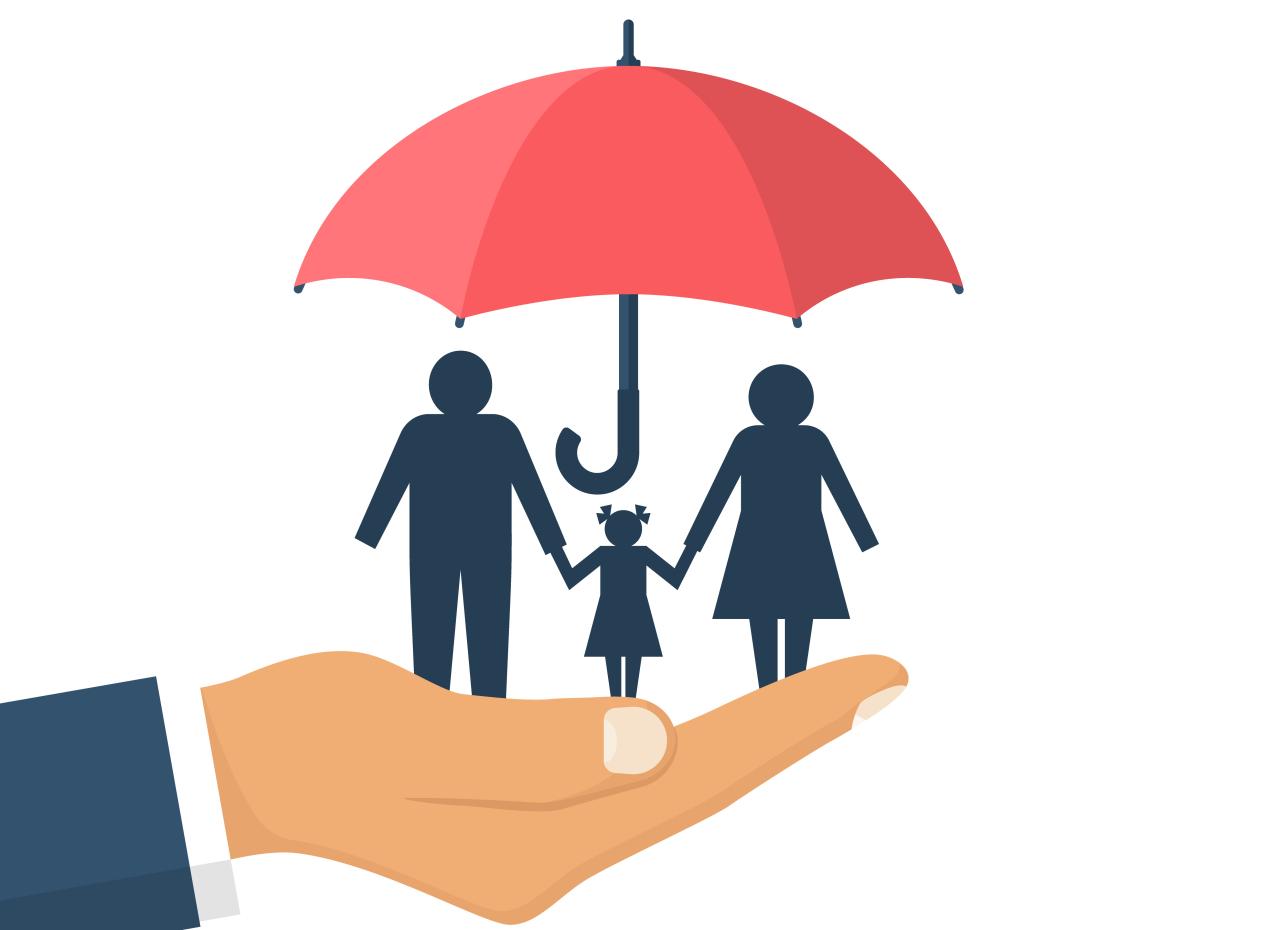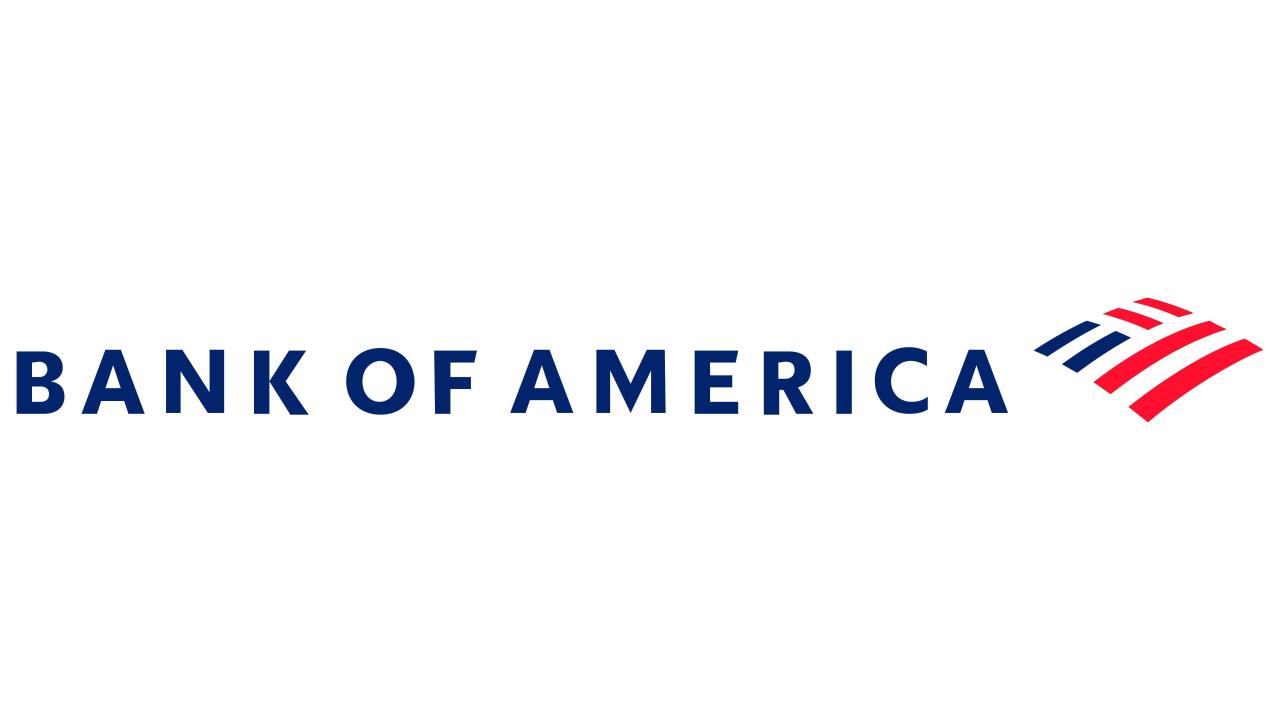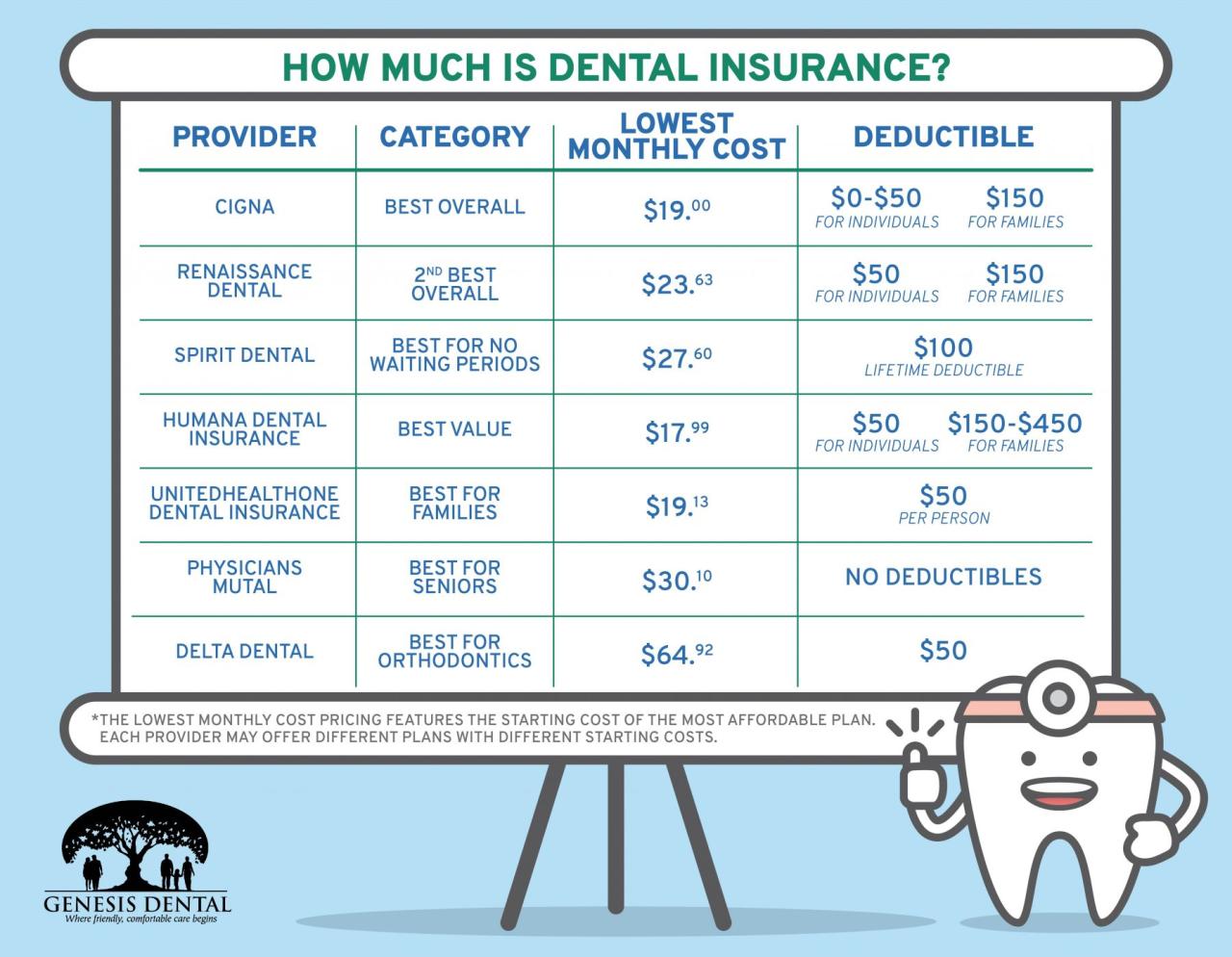Home owner insurance – Homeowner insurance is a crucial aspect of responsible homeownership, providing financial protection against unforeseen events that could jeopardize your biggest investment. It’s like having a safety net in place, offering peace of mind knowing that you have coverage for potential disasters, accidents, and liabilities.
Understanding the nuances of homeowner insurance is essential, from the different types of coverage available to the factors that influence your premium. By carefully considering your needs and exploring various options, you can tailor a policy that effectively safeguards your home and belongings.
Homeowner Insurance Basics
Homeowner insurance is a crucial part of protecting your biggest investment: your home. It provides financial protection against unexpected events that could damage your property or belongings. This type of insurance is designed to cover a wide range of risks, helping you rebuild your life after a disaster.
Types of Coverage
A standard homeowner insurance policy typically includes several types of coverage, each addressing different aspects of your property and potential risks. These coverage areas are designed to ensure you have comprehensive protection against a variety of events.
- Dwelling Coverage:This covers the physical structure of your home, including the roof, walls, and foundation. It provides financial assistance for repairs or rebuilding in case of damage caused by covered perils.
- Other Structures Coverage:This covers detached structures on your property, such as garages, sheds, and fences. This coverage helps you rebuild or repair these structures if they are damaged.
- Personal Property Coverage:This covers your belongings inside your home, including furniture, electronics, clothing, and other personal items. It helps replace or repair these items if they are damaged or stolen.
- Liability Coverage:This protects you from financial responsibility if someone is injured on your property or if you cause damage to someone else’s property. This coverage can help cover legal fees, medical expenses, and property damage.
- Loss of Use Coverage:This provides financial assistance if you are unable to live in your home due to a covered event. It can help cover temporary living expenses, such as hotel costs and meals.
Perils Covered
Homeowner insurance policies typically cover a range of perils, or events that can cause damage to your property. These perils are often categorized into different groups.
- Named Perils:These are specific events that are explicitly listed in your policy as covered. Common named perils include fire, lightning, windstorm, hail, vandalism, and theft. Policies often list these perils to ensure clear understanding of the coverage provided.
- Open Perils:These policies cover all perils except those specifically excluded. This provides broader coverage than named perils policies, but exclusions are important to consider.
It’s crucial to review your policy carefully to understand which perils are covered and any exclusions that may apply. This helps you ensure you have the right coverage for your specific needs and location.
Key Considerations for Homeowners
Choosing the right homeowner insurance policy requires careful consideration of several factors that can significantly impact your premiums and coverage.
If you’re looking for affordable coverage for a specific period, term life insurance might be the right choice for you. It provides a death benefit for a set term, typically 10, 20, or 30 years, and is often a good option for families with young children or those with outstanding debts.
Factors Influencing Premiums
Several factors influence the cost of your homeowner insurance premiums. Understanding these factors helps you make informed decisions about your coverage.
- Location:Your home’s location plays a significant role in determining your premiums. Areas prone to natural disasters, such as earthquakes, hurricanes, or floods, tend to have higher premiums due to the increased risk of claims.
- Property Value:The value of your home is a key factor in calculating your premiums. Higher-value homes generally require higher coverage amounts, leading to higher premiums.
- Coverage Limits:The amount of coverage you choose for your dwelling, personal property, and liability will impact your premiums. Higher coverage limits generally result in higher premiums, but they provide greater financial protection.
- Deductible:Your deductible is the amount you pay out-of-pocket before your insurance coverage kicks in. A higher deductible generally leads to lower premiums, but you will have to pay more in the event of a claim.
- Credit Score:In some states, insurers may use your credit score to determine your premiums. A good credit score can lead to lower premiums, while a poor credit score may result in higher premiums.
- Home Security Features:Installing security systems, such as alarms and security cameras, can lower your premiums. These features demonstrate a reduced risk of theft or vandalism.
Understanding Deductibles
Your deductible is a crucial element of your homeowner insurance policy. It represents the amount of money you pay out-of-pocket before your insurance coverage kicks in for a claim. A higher deductible generally leads to lower premiums, but you will have to pay more out of pocket if you file a claim.
When choosing a deductible, it’s important to balance the cost savings with your ability to afford the deductible amount if you need to file a claim. Consider your financial situation and the potential costs of common claims in your area.
Choosing the Right Coverage Limits
Choosing the right coverage limits is crucial for ensuring adequate financial protection in the event of a covered event. Coverage limits determine the maximum amount your insurer will pay for a covered loss. It’s essential to choose coverage limits that reflect the current market value of your home and the replacement cost of your belongings.
If you’re looking for affordable life insurance that provides coverage for a specific period, term life insurance might be a good option for you. It’s a simple and straightforward type of insurance that offers peace of mind knowing your loved ones will be financially protected in case of your unexpected passing.
Underinsured homes can leave you financially vulnerable in the event of a major loss. Consider working with an insurance agent to determine the appropriate coverage limits for your specific needs and circumstances.
Common Homeowner Insurance Claims
Homeowner insurance claims are filed for a variety of reasons, ranging from minor incidents to major disasters. Understanding common claims helps you prepare for potential events and understand the claims process.
Types of Claims
Homeowner insurance claims are typically categorized based on the type of event that caused the damage.
- Fire and Smoke Damage:Fires are a common cause of home damage, and claims can include structural repairs, personal property replacement, and temporary living expenses.
- Theft and Vandalism:Theft and vandalism can result in significant financial losses, including the replacement of stolen or damaged belongings, repairs to your home, and security system upgrades.
- Natural Disasters:Natural disasters, such as hurricanes, tornadoes, earthquakes, and floods, can cause widespread damage. Claims for these events can be complex and involve significant costs for repairs or rebuilding.
- Water Damage:Water damage from plumbing leaks, burst pipes, or flooding can cause extensive damage to your home and belongings. Claims often involve repairs, replacements, and mold remediation.
- Liability Claims:These claims arise when someone is injured on your property or you cause damage to someone else’s property. Liability claims can involve medical expenses, legal fees, and property damage costs.
Filing a Claim
If you experience a covered event, it’s important to file a claim promptly. The claims process typically involves the following steps:
- Contact your insurance company:Notify your insurance company as soon as possible after the event. Provide them with the necessary details about the event and your policy.
- Document the damage:Take photos and videos of the damage to your property and belongings. Keep receipts for any repairs or replacements you make.
- Cooperate with the adjuster:An insurance adjuster will be assigned to your claim to assess the damage and determine the amount of coverage. Provide them with the necessary documentation and information.
- Negotiate the settlement:Once the adjuster has completed their assessment, they will present you with a settlement offer. You have the right to negotiate the settlement amount if you believe it is insufficient.
- Receive payment:Once the settlement is agreed upon, you will receive payment from your insurance company. This payment can be used to repair or replace your damaged property and belongings.
Maintaining Documentation
Maintaining proper documentation is crucial for a smooth and successful claims process. Keep records of your policy, receipts for repairs or replacements, and photos or videos of the damage. This documentation helps support your claim and ensure you receive the appropriate compensation.
Additional Coverage Options
While a standard homeowner insurance policy provides essential protection, additional coverage options can enhance your protection and address specific risks.
Optional Coverage
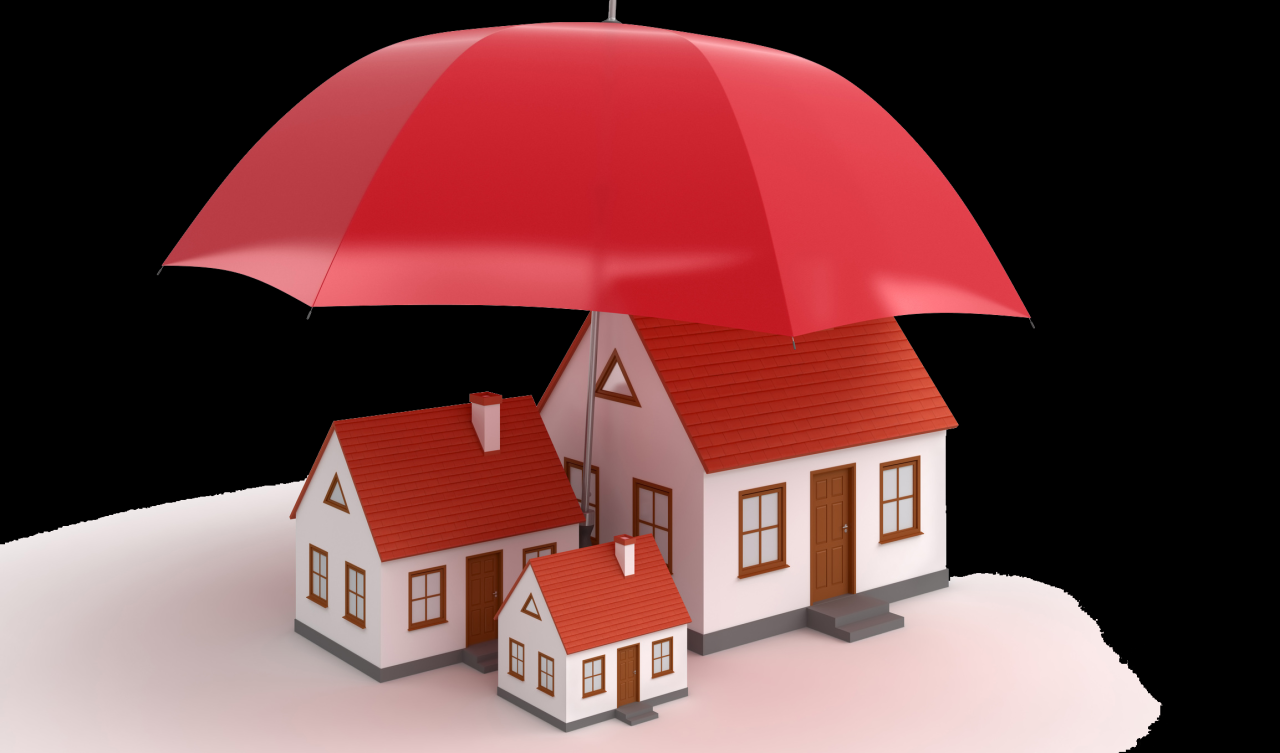
Here are some common additional coverage options that can provide extra peace of mind:
- Flood Insurance:Flood insurance is typically not included in standard homeowner insurance policies. It provides coverage for damage caused by flooding, which can be a significant risk in certain areas. Flooding is a major concern in coastal regions and areas with heavy rainfall.
- Earthquake Insurance:Earthquake insurance is also often not included in standard policies. It provides coverage for damage caused by earthquakes, which are a significant risk in certain regions. It is essential for homeowners in earthquake-prone areas to consider this coverage.
- Personal Liability Coverage:This coverage provides financial protection if you are held liable for injuries or damages caused to others. It is particularly important if you have a pool, trampoline, or other potential hazards on your property.
- Scheduled Personal Property Coverage:This coverage provides additional protection for valuable items, such as jewelry, art, and antiques. It allows you to insure these items for their full replacement value, regardless of the overall coverage limits on your policy. This coverage is helpful for high-value items that might not be fully covered under standard personal property coverage.
Benefits and Drawbacks
Adding optional coverage can provide additional protection, but it also comes with an increased cost. Consider the following factors when deciding whether to add optional coverage:
- Risk Assessment:Evaluate the potential risks in your area and the likelihood of a covered event. For example, if you live in a flood-prone area, flood insurance is a wise investment.
- Financial Impact:Consider the cost of the additional coverage and whether it fits within your budget. Weigh the cost against the potential financial protection it offers.
- Alternatives:Explore alternative ways to mitigate risk, such as installing flood barriers or earthquake-resistant features in your home. These measures can reduce the need for additional insurance.
Situations Where Additional Coverage Might Be Necessary
Here are some situations where additional coverage might be necessary:
- Living in a high-risk area:If you live in an area prone to natural disasters, such as hurricanes, earthquakes, or floods, additional coverage is essential.
- Having valuable belongings:If you own valuable items, such as jewelry, art, or antiques, scheduled personal property coverage can provide extra protection.
- Hosting large gatherings:If you frequently host large gatherings or parties, additional liability coverage can provide financial protection in case of accidents or injuries.
Tips for Protecting Your Home and Savings: Home Owner Insurance
Taking proactive steps to protect your home can help prevent claims and reduce your insurance costs. By implementing these tips, you can create a safer environment for yourself and your family.
Preventing Claims
Here are some practical tips for preventing common homeowner insurance claims:
- Maintain a safe home environment:Regularly inspect your home for potential hazards, such as faulty wiring, leaky pipes, and loose roof shingles. Address these issues promptly to prevent damage and accidents.
- Install security systems:Installing security systems, such as alarms and security cameras, can deter theft and vandalism. These systems can also provide evidence in case of a crime.
- Keep your property well-maintained:Regularly maintain your roof, gutters, and landscaping to prevent damage from weather events.
- Store flammable materials safely:Store flammable materials, such as gasoline and paint, in a safe and secure location away from your home.
- Be aware of fire hazards:Avoid using candles or space heaters unattended, and ensure your smoke detectors are working properly.
Negotiating Premiums
You can potentially negotiate lower homeowner insurance premiums by taking the following steps:
- Shop around for quotes:Get quotes from multiple insurers to compare rates and coverage options. This helps you find the best value for your needs.
- Bundle your policies:Consider bundling your homeowner insurance with other policies, such as auto insurance, to receive discounts. Bundling policies often provides significant savings.
- Improve your credit score:A good credit score can help you qualify for lower premiums. Work on improving your credit score by paying bills on time and reducing debt.
- Ask about discounts:Inquire about any available discounts, such as discounts for safety features, loyalty, or being a senior citizen.
- Negotiate with your current insurer:If you’ve been a loyal customer with a good claims history, you may be able to negotiate a lower premium with your current insurer.
Minimizing Out-of-Pocket Expenses, Home owner insurance
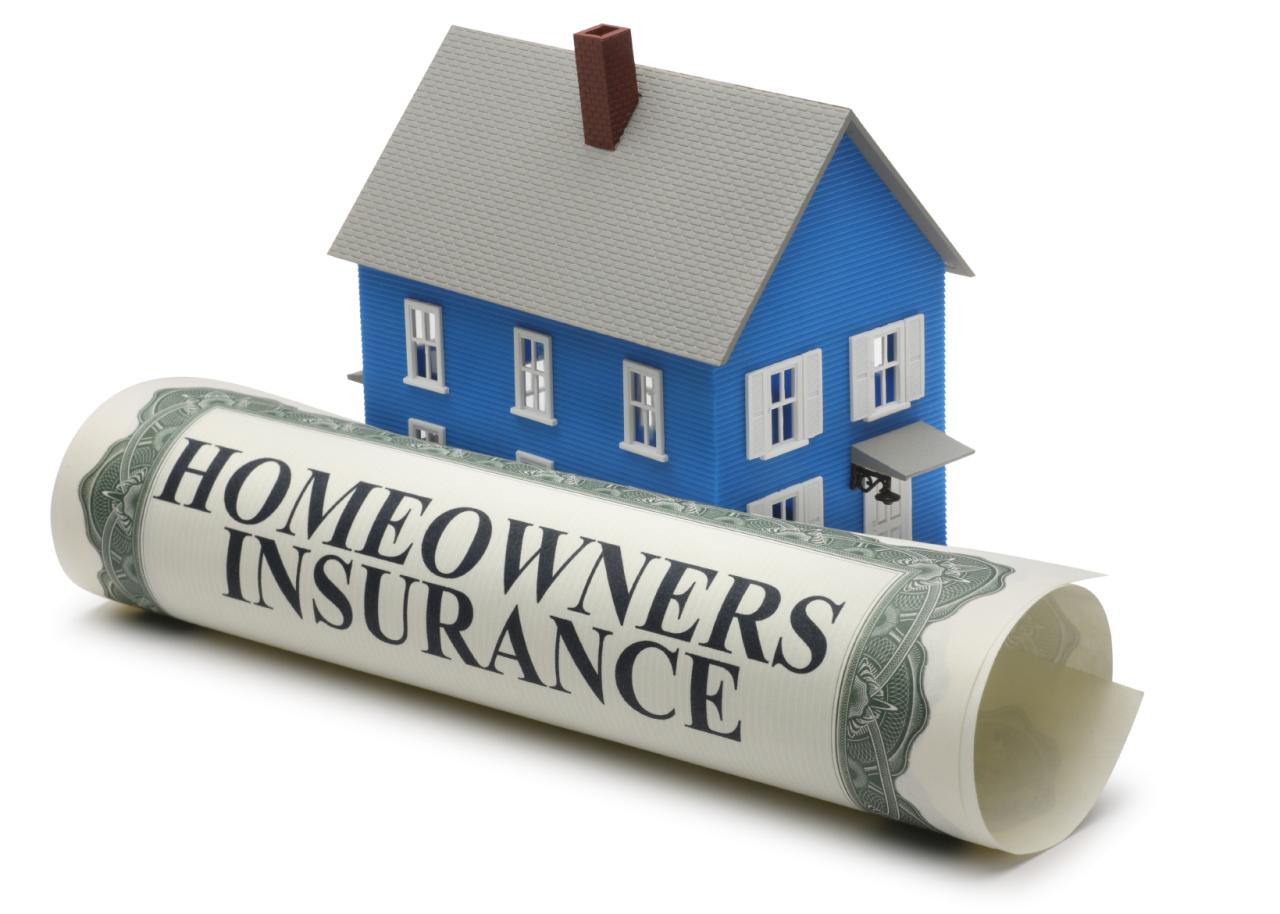
Here are some strategies for minimizing out-of-pocket expenses in the event of a claim:
- Choose a higher deductible:While a higher deductible means you pay more out-of-pocket if you file a claim, it can also lead to lower premiums over time.
- Understand your coverage:Review your policy carefully to understand your coverage limits, deductibles, and exclusions. This helps you avoid surprises and ensure you receive the appropriate compensation.
- Keep detailed records:Maintain records of your policy, receipts for repairs or replacements, and photos or videos of the damage. This documentation helps support your claim and ensure you receive the appropriate compensation.
- Negotiate the settlement:Don’t hesitate to negotiate the settlement amount if you believe it is insufficient. You have the right to advocate for fair compensation for your losses.
Last Word
Ultimately, homeowner insurance is a vital component of responsible homeownership, offering a financial buffer against the unexpected. By investing in the right coverage, understanding your policy’s details, and taking preventative measures, you can protect your home and financial well-being, ensuring peace of mind for years to come.

